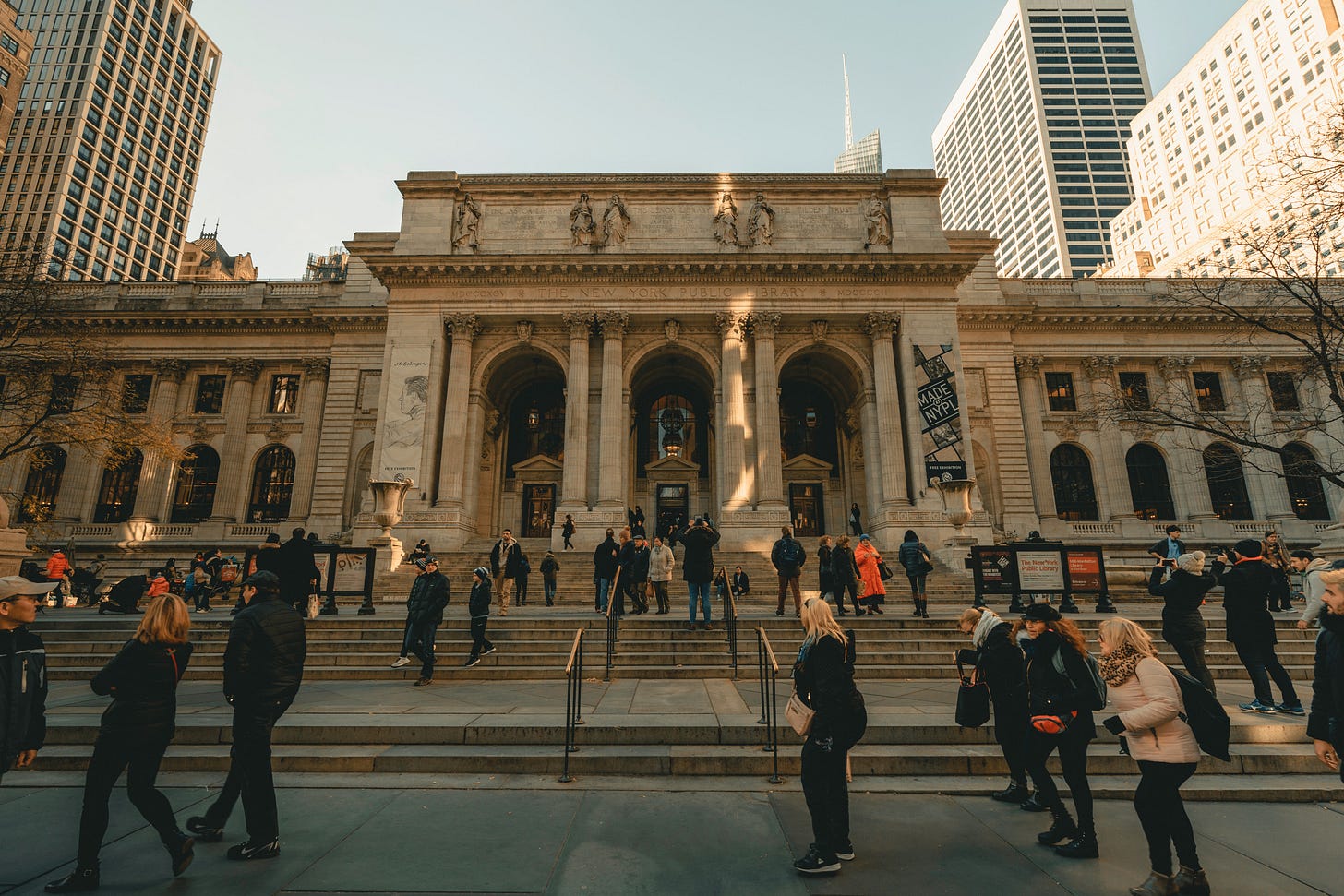Issue #11: Belonging & Physical Spaces

I hope that everyone is staying safe and staying healthy.
Obviously when I started this project and newsletter, I didn’t anticipate a global pandemic emerging, making the subject of the future of belonging both super relevant, timely and much more uncertain. That said, having the curiosity, energy and focus for this self-led inquiry has been more challenging that I originally accounted for. This is a semi-longwinded explanation for my scheduling inconsistency for this newsletter not so much as a plea for sympathy. I share this because I imagine that some of you may be in the same boat: creative pursuits feel like more of a struggle now even though you have the extra time that you always wanted in more normal times. So I’d like to share a graphic that I stumbled across a couple of years ago that I find to be helpful when creativity feels like a struggle.

Basically, create when you have the energy to do and rest when you don’t have the energy…everything in moderation. Now back to today’s topic: belonging and public spaces.
This might seem like a strange topic to address given that we all are stuck at home but it’s one I’ve been thinking about a lot. A number of people have recommended Eric Klinenberg’s Palaces for the People when I’ve talked about my interests in the future of belonging. The book is still on my unrealistically long to be read list, but I did listen to an interview with Klinenberg on 99% Invisible where he walks through the central argument of the book. Klinenberg embarks on a historical exploration of how physical spaces like public libraries, public parks and churches constitute social infrastructure that enable the relationships, empathy, trust, social support and material resources needed for more equitable and resilient communities.
Unfortunately, there’s been a decline in this needed social infrastructure. Although Americans generally love their public libraries, they are using and visiting them less and less according to Pew data. Church membership continues to decline, with roughly half of Americans still attending on Sundays. The Great Recession forced many states and localities to cut their public parks budgets, leaving those spaces to fall into disrepair.
And now the still ongoing pandemic raises questions about much mitigation measures and the looming recession may exacerbate the already existant inequality and polarization from divestment in these palaces for the people. Wealthy individuals and families have had the resources to remove themselves from public spaces like public transportation, the workplace and grocery stores, paying for services like concierge doctors or retreating to their second homes and yachts.
For people who remain in their public spaces, there’s increasing suspicion around the reasons and context for them existing there. Sneezing and coughing in public elicits stares and shame. Jason Hargrove, a Detroit bus driver, filmed a viral Facebook video after a passenger coughed without covering her mouth. He railed against the lack of protections and the disregard for blue collar workers who allow others to survive in this crisis. Eleven days after that video, Hargrove passed away due to coronavirus infection. Violent hate crime incidents have been reported as bigots attack Asian Americans in public spaces to scapegoat them for the pandemic.
New behaviors like mask policing show how society is reenegotiating social norms and expectations for belonging in public spaces. Communication about the use and utility of masks has been wildly inconsistent from traditional authorities. Once viewed as a fringe behavior for paranoid hypochondriacs in this country, more city and state leaders are calling for people to make and wear their own masks as a criteron for being in public spaces.

The confusion, panic and ambiguity creates space for social shaming of people who are perceived to violate the still not fully established norm based on superficial characteristics and uninformed judgments.



While these instances of social shaming are more driven by individual behaviors, institutions are also initiating new rules and practices about who deserves safety and belonging in public safety. There are several anecdotes about companies like Hobby Lobby and Wells Fargo employing secrecy to flout the physical distancing required in order to protect their profits. For workers fortunate enough to have the safety of remote work, the virtual office still excludes many workers from belonging in new ways with overbearing schedules, mandated video surveillance, and backchannel communications.
Lastly we see physical spaces as a stage for social peacocking or virtue signaling already seen in movements like anti-vaccination campaigns. Republican governors are working to curry favor with diehard right-leaning voters by posting selfies at restaurants and superceding local shelter in place orders with state-level executive orders. One of the most glaring example of this peacocking comes from evangelical Christians claiming religious exemptions for church services in 14 states.
As the role of the public sphere continues to shift from a public good to a drain on public resources, heightened feelings of panic and danger raise the prospect of potential extinction of the social infrastructure in the future as norms shift to favor individualism, identity, and privilege-enabled meritocracy.
Conversely, this crisis has sharply illuminated the need for social infrastructure to everyone locked inside their homes without the ability to commune and congregate. This constraint or depravation has paradoxically created an opening for expansion and investment in recognition that inequality is a danger that threatens the wellbeing of every one. A recent editorial from the Financial Times outlines these stakes:
Radical reforms — reversing the prevailing policy direction of the last four decades — will need to be put on the table. Governments will have to accept a more active role in the economy. They must see public services as investments rather than liabilities, and look for ways to make labour markets less insecure. Redistribution will again be on the agenda; the privileges of the elderly and wealthy in question. Policies until recently considered eccentric, such as basic income and wealth taxes, will have to be in the mix.




